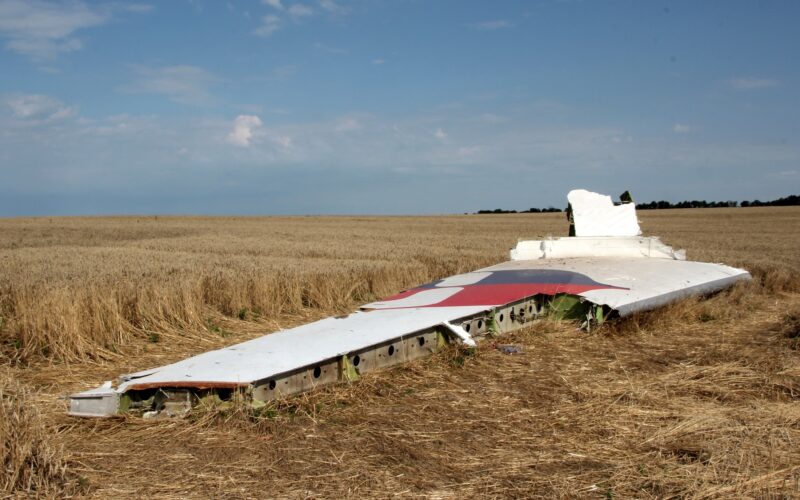The International Air Transport Association (IATA) has criticized governments for failing to publish timely and informative accident reports following an incident.
According to IATA, the failure to “publish prompt and complete accident investigation reports deprives operators, equipment manufacturers, regulators, infrastructure providers and other concerned stakeholders of critical information that could make flying even safer”.
“The accident investigation process is one of our most important learning tools when building global safety standards. But to learn from an accident, we need reports that are complete, accessible and timely,” added Willie Walsh, the director general of IATA.
The association reminded stakeholders that according to the Convention of International Civil Aviation (Chicago Convention) Annex 13, parties responsible for an investigation must provide the International Civil Aviation Organization (ICAO) with a preliminary report within 30 days of the accident. This should be followed up with a final report as soon as possible and within 12 months of the accident.
Furthermore, states are obliged to publish interim statements if it is not possible to produce a final report within 12 months.
“Only 96 of the 214 accident investigations during the period 2018-2022 conform with the requirements of the Chicago Convention. Just 31 reports were published in less than one year of the accident with the majority (58) taking between 1–3 years,” the IATA noted in a press release, adding that even interim statements rarely provide more information “than what was presented in the preliminary report”.
“This is an inexcusable violation of requirements stated clearly in the Chicago Convention. As an industry we must raise our voice to governments in defense of the accident investigation process enshrined in Annex 13,” Walsh concluded.
In March 2023, for example, the Civil Aviation Authority of China (CAAC) issued a statement about the China Eastern Airlines Boeing 737-800 crash, saying that over the past year, “the technical investigation team has conducted detailed inspections of the wreckage of the plane to determine the possible working status of key control components of the plane before the crash, conducted experiments on more than 100 important pieces of wreckage, and analyzed the causes of damage”.
The China Eastern Airlines Boeing 737-800 crashed in March 2022, with the aircraft suddenly losing altitude, impacting terrain, and claiming the lives of all 132 people onboard.
In December 2022 and January 2023, the United States (US) National Transportation Safety Board (NTSB) publicly criticized the final report into the Ethiopian Airlines Boeing 737 MAX crash, published by the Ethiopian Aircraft Accident Investigation Bureau (AIB). The NTSB was unhappy with the fact that the AIB omitted the US agency’s comments, forcing the NTSB to publish the comments on its website.
The AIB published the final report in December 2022, more than three years after the Ethiopian Airlines Boeing 737 MAX crashed shortly after takeoff from Addis Ababa Bole International Airport (ADD) in March 2019.
The US investigators were critical of the fact that the Ethiopian authorities did not discuss human factors and Foreign Object Damage (FOD). The AIB focused on production quality defects and the Maneuvering Characteristics Augmentation System or MCAS.

